HỘP QUÀ TRANG TRỌNG
Hộp quà có Trà Phổ Nhĩ
-
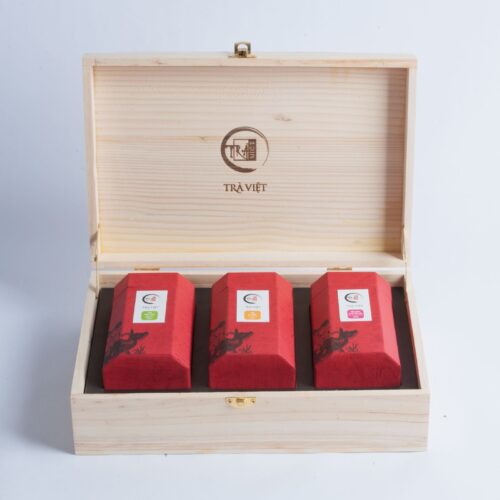
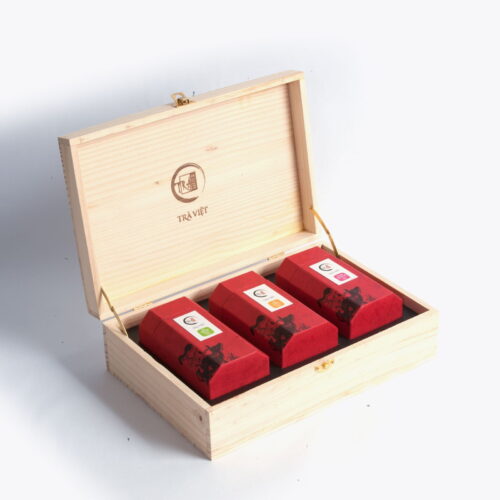
Bộ sưu tập trà 3 miền – Trà Phổ Nhĩ, Trà Cổ Thụ, Trà Sen
-

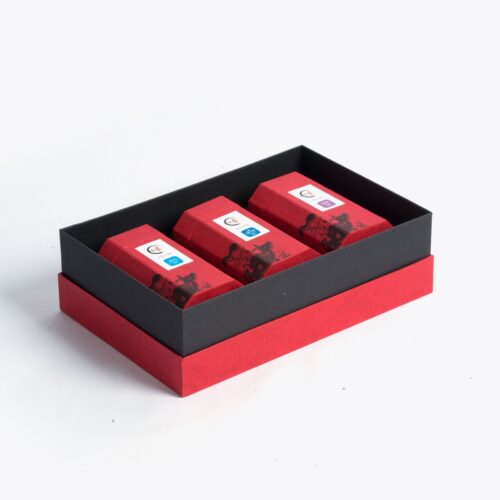
Quà tặng khách hàng, đối tác – Trà Phổ Nhĩ, Trà Shan Tuyết, Trà Thiết Quan Âm
-
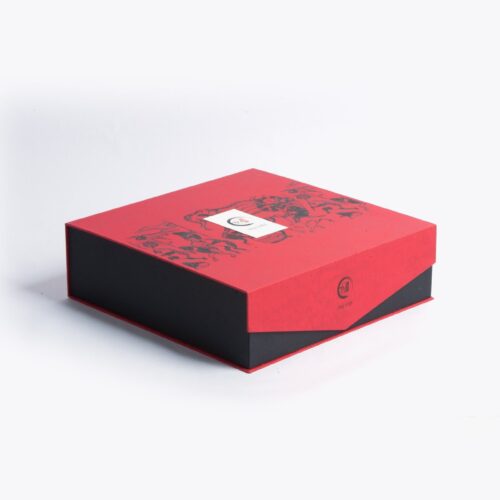
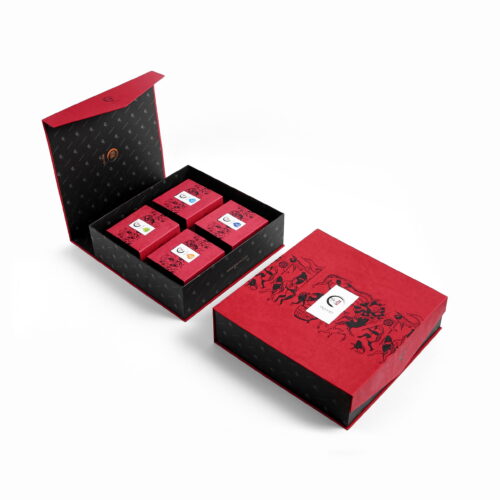
Quà tặng khách VIP – Trà Phổ Nhĩ, Trà Thiết Quan Âm, Trà Ô Long Nhân Sâm, Trà Nõn Tôm
-
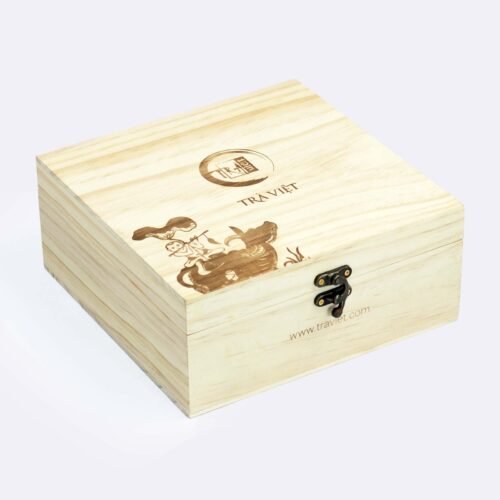
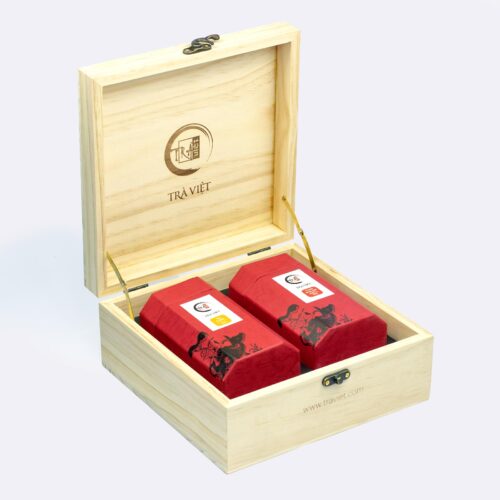
Quà tặng khách VIP, người lớn tuổi – Trà Phổ Nhĩ, Hồng Trà
-
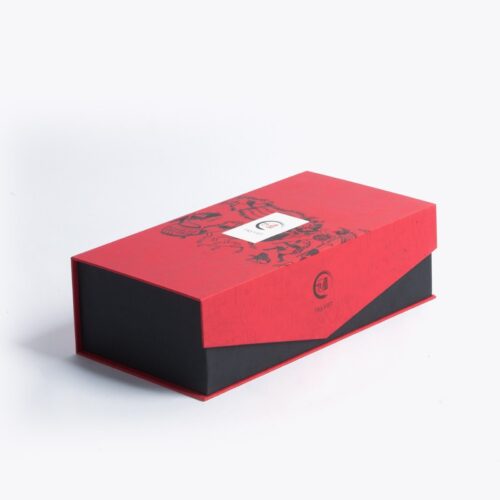
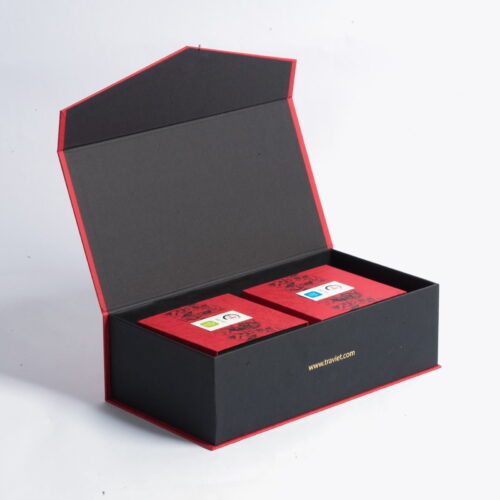
Quà tặng người mới uống trà – Trà Phổ Nhĩ, Trà Lài
-


Quà tặng người sành trà – Trà Phổ Nhĩ, Trà Ô Long
-
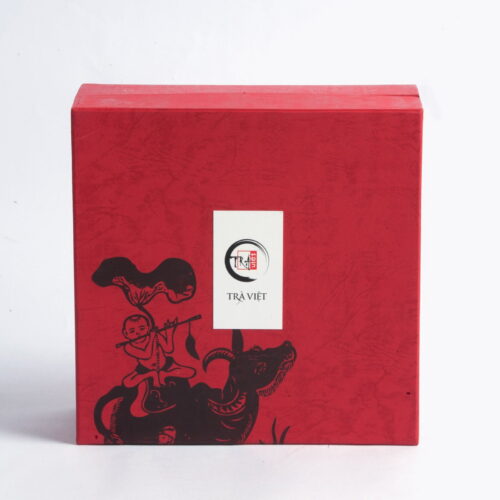
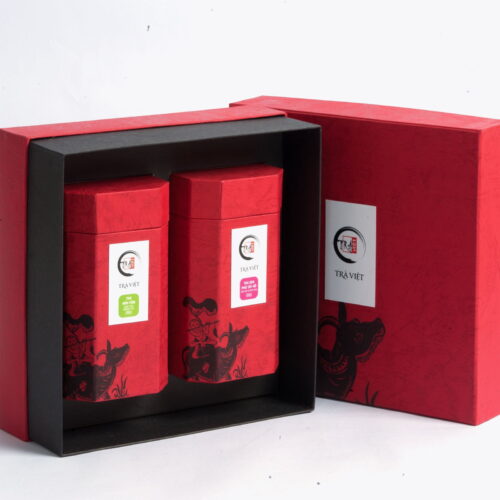
Quà tặng người sành trà – Trà Phổ Nhĩ, Trà Shan Tuyết
-
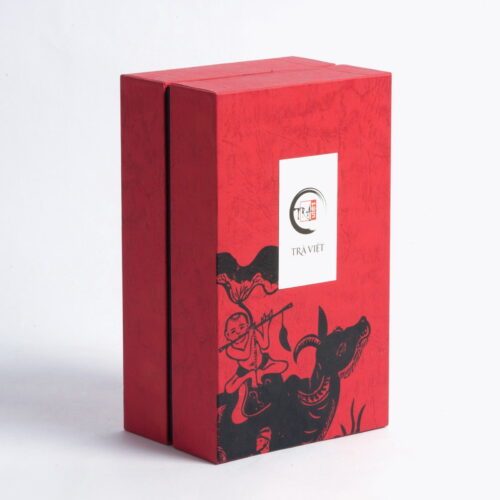
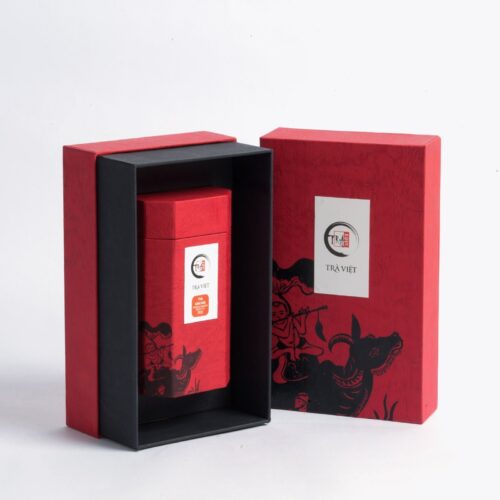
Quà tặng người yêu trà – Trà Phổ Nhĩ
GÓI NHỎ TIẾT KIỆM
Hộp Trà Phổ Nhĩ nhỏ
Hộp trà Phổ Nhĩ nhỏ gọn và tiết kiệm này là một lựa chọn hoàn hảo để bạn bổ sung nó vào ngăn kệ tủ trà. Được đóng gói một cách tiện lợi, nó cho phép bạn tận hưởng hương vị độc đáo của trà hàng ngày mà không tốn quá nhiều thời gian và công sức.
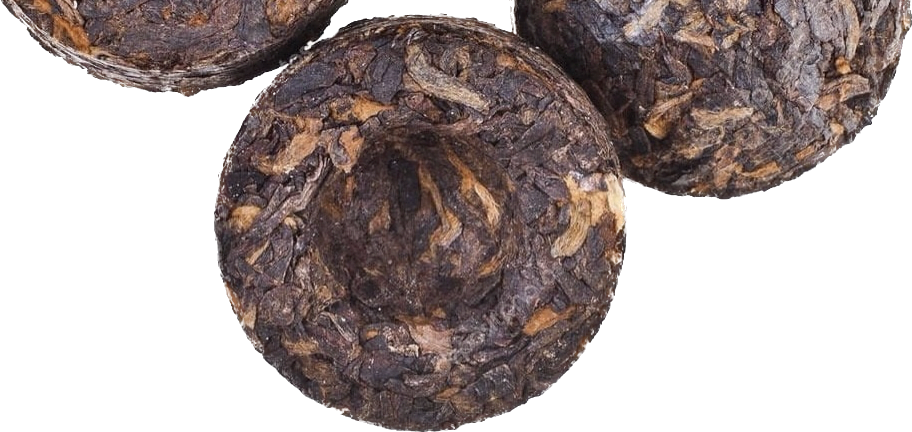
KIẾN THỨC TRÀ
Hiểu về Trà Phổ Nhĩ
Trà Phổ Nhĩ được xếp vào 1 trong 10 loại trà ngon nhất trên thế giới. Rất nhiều câu chuyện và tin đồn xoay quanh loại trà rất thú vị này. Cùng Trà Việt đi tìm sự thật và giải mã những tin đồn nhé.
Trà Phổ Nhĩ là gì?
Nói một cách khoa học, trà Phổ Nhĩ là loại trà trải qua quá trình lên men sau chế biến, thường là trong quá trình lưu trữ. Còn với các loại trà thông thường chỉ có quá trình oxy hoá ngay trong quá trình sản xuất.
Quá trình lên men sau chế biến giúp cải thiện hương vị của trà, vị chát dần ngọt hơn, vị gắt dần dịu hơn. Trà được biến đổi dần qua thời gian lưu trữ, từ màu xanh, vàng thành đen.
Trà Phổ Nhĩ thường được chế biến từ những búp trà Shan thuộc giống trà Shan tuyết cổ thụ mọc trên núi cao, nơi quanh năm mây mù bao phủ và sự chênh lệch nhiệt độ giữa ngày và đêm cao. Ở Việt Nam, các tỉnh Hà Giang, Lai Châu, Yên Bái, Điện Biên cũng có nhiều trà Shan nhưng ngon nhất vẫn là trà Shan Hà Giang.
Cũng như ấm tử sa thường gắn với đất Nghi Hưng, trà Phổ Nhĩ cũng gắn chặt với các phẩm chất trà tại vùng Phổ Nhĩ. Một khu vực phía cận nam Trung Quốc, nơi có giống trà cổ thụ, mọc hoang dã trên các dãy núi cao, phẩm chất tốt.
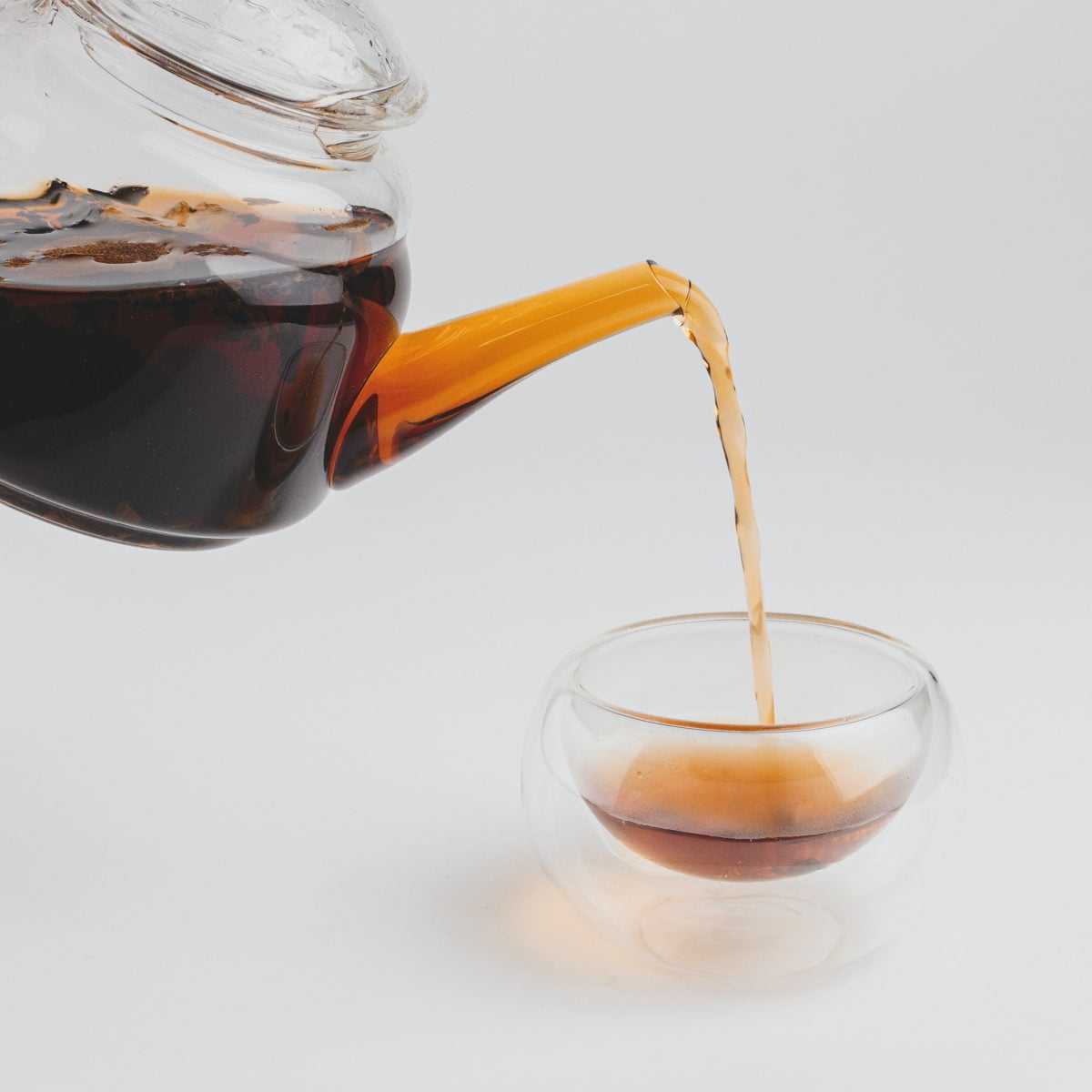
Trà Phổ Nhĩ sống, trà Phổ Nhĩ chín, mao trà và quy trình chế biến
Xưa kia, người dân tộc miền núi thuộc vùng Xishuangbanna, Kunming, Simao, Lincang ở Vân Nam Trung quốc đã hái lá trà Shan, chế biến thành trà vàng theo kinh nghiệm riêng của họ. Sau đó đóng thành bánh, gói trong lá khô và dùng lạc đà, ngựa thồ mang trà sang tận vùng Trung Á và Tây Nam Á để bán.
Con đường buôn bán trà xa xôi ấy đã trở thành huyền thoại với cái trên “Con Đường Trà” tồn tại cùng “Con Đường Tơ Lụa” nổi tiếng của người Trung Hoa cổ đại. Thời gian đi trên đường phải đi phải mất vài ba tháng. Một điều đặc biệt là trà vàng khi được chuyên chở đến nơi bán, không bị hư hỏng mà lại trở nên ngon hơn, được ưa dùng hơn.
Người mua trà khi ấy đã lấy tên “Phổ Nhĩ” là nơi sản xuất ra thứ nước uống đặc biệt này để đặt tên cho sản phẩm.
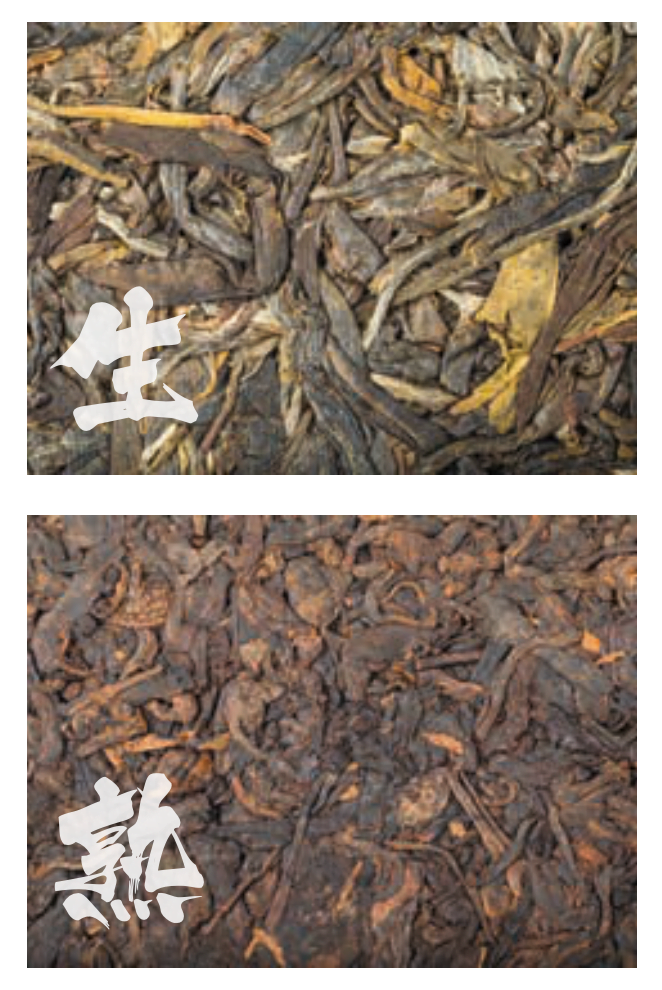
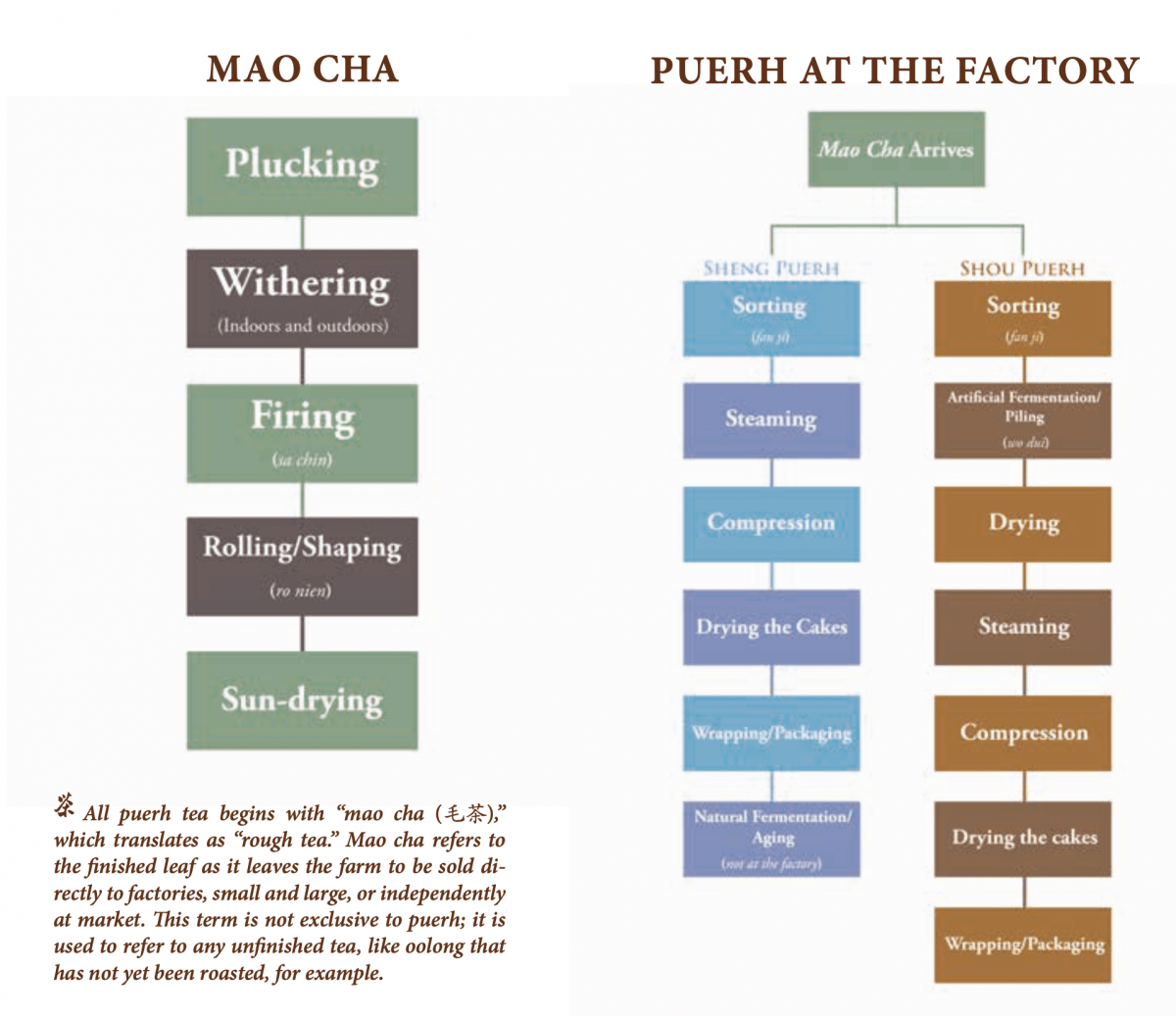
Trà Phổ Nhĩ giảm cân? Tác dụng của trà Phổ Nhĩ
Đến nay, các nhà khoa học Trung Quốc, Nhật Bản và Châu Âu đã tiến hành nhiều công trình nghiên cứu về giá trị dinh dưỡng và giá trị y học của trà Phổ Nhĩ. Nhờ có những nghiên cứu sâu mà người ta đã phát hiện ra rất nhiều tính chất kỳ diệu của trà Phổ Nhĩ.
Dưới đây là một số tác dụng của Trà Phổ Nhĩ với sức khoẻ con người:
- Uống trà Phổ Nhĩ thường xuyên sẽ giúp làm giảm mỡ máu.
- Trà Phổ Nhĩ có tác dụng làm giảm triphosphoglyxein và axit béo tự do. Ức chế hình thành cholesterol, tăng bài tiết cholesterol.
- Làm giảm các hợp chất béo và isolipit, giảm cholesterol trong cơ thể.
- Giảm đường trong máu;
- Tác dụng chữa bệnh xơ cứng mạch vành tim; ngăn được xơ cứng mạch máu;
- Có tác dụng hạ huyết áp;
- Có tác dụng ức chế rất rõ rệt với vi khuẩn, nấm và nấm men;
- Ức chế rất mạnh sự phát triển tế bào ung thư. Có thể tăng sự sản sinh tế bào miễn dịch trong cơ thể;
- Có tác dụng giảm béo;
- Có khả năng loại bỏ gốc tự do;
- Có tác dụng nhất định đến việc phòng nhiễm xạ nhưng không có tác dụng khôi phục tổn thương sau khi bị nhiễm xạ;
- Làm giảm độc tố của thuốc lá….
Bánh trà Phổ Nhĩ, trà bánh, và các hình dạng thành phẩm
Trà phổ nhĩ là một trong những loại có hình dạng thành phẩm đa dạng và kỳ lạ nhất trong các loại trà. Nó dễ gây chú ý, tò mò và hình đạng đôi khi cũng định hình loại trà, mặc dù về căn bản một loại có thể ép thành bất cứ hình thù nào, hoặc để rời không ép.
- Bánh trà Phổ Nhĩ: Đây là hình dạng dễ phổ biến, thường 375 gam, ép như cái bánh dày Viêt Nam
- Các hình dạng bánh trà ít phổ biến: Hình tổ yến, hình viên gạch, thanh socola, thỏi bạc…
- Ép tiện dụng hình viên tổ yến nhỏ
- Để rời
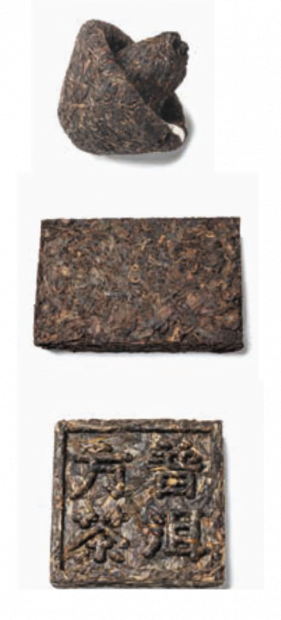
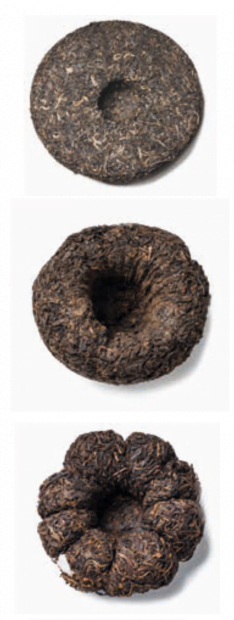
Trà Phổ Nhĩ Quýt là gì?
Có thể rất nhiều bạn đã được giới thiệu hoặc nghe nói về loại trà này, đây là loại trà phổ nhĩ khá phổ biến vì rẻ và dễ uống.
Cách làm đơn giản, quả quýt được lấy ruột khéo léo để giữ lại vỏ quýt còn nguyên vẹn hoàn hảo. Sau đó, người ta nhồi trà phổ nhĩ chín, dạng rời vào, lấp đầy trong quả quýt. Cuối cùng là phơi khô.
Trà phổ nhĩ quýt uống sẽ vừa có vị dầy đậm của phổ nhĩ chín, vừa thơm mùi tinh dầu quýt hấp dẫn. Đây cũng chính là style của trà Earl Grey nổi tiếng (kết hợp trà đen và chanh begamot)
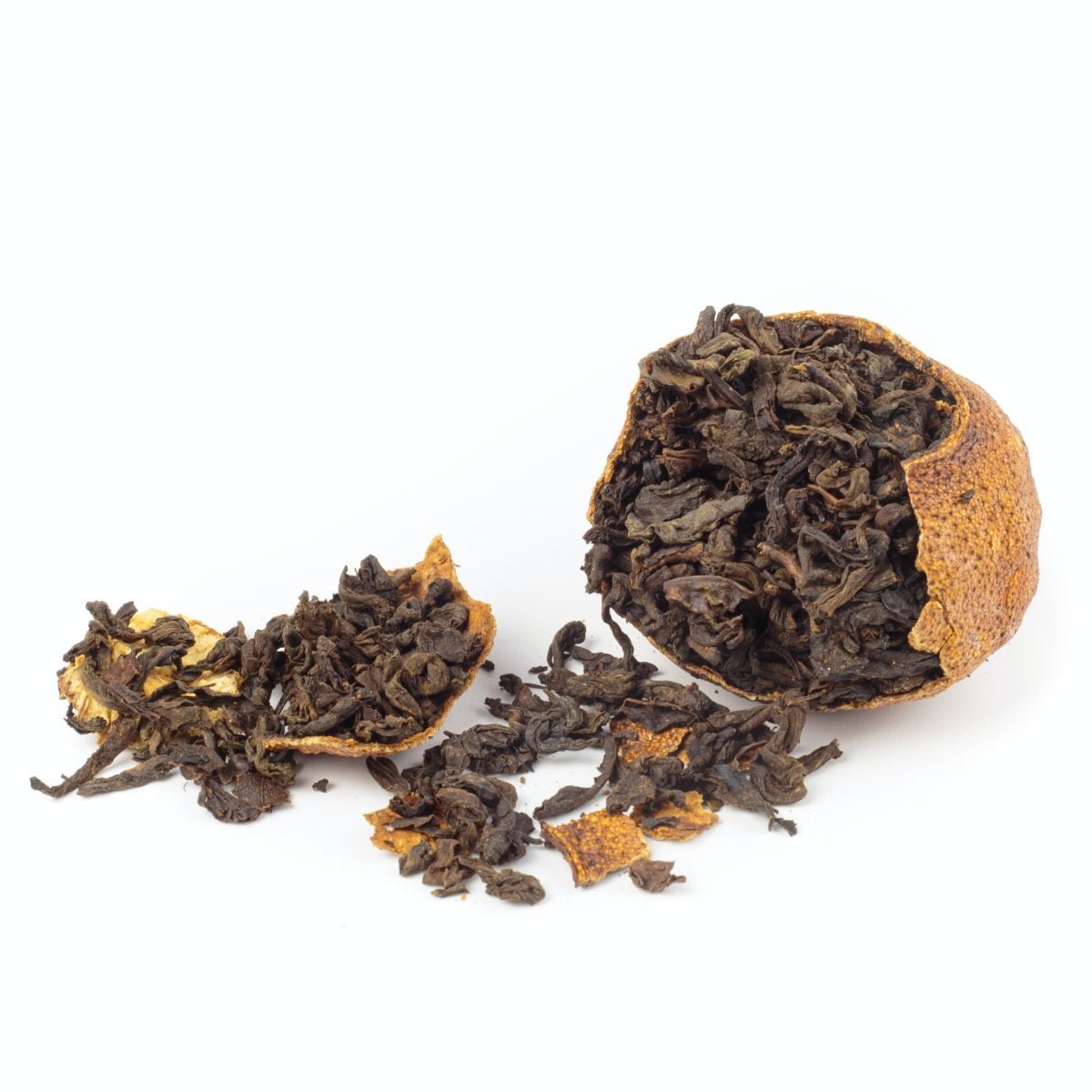
Trà Phổ Nhĩ 20 năm, số tuổi nào hoàn hảo cho sự lão hoá của trà Phổ Nhĩ
Bạn sẽ dễ dàng thấy con số 20 năm khi nghe ai đó khen trà đấy ngon như thế nào. Một bánh trà phổ nhĩ được lưu trữ tốt sẽ đạt hương vị chuyển hoá hoàn hảo nhất sau 20 đến 30 năm, số tuổi lý tưởng cho sự trưởng thành của trà phổ nhĩ.
Nhiều hơn 30 năm, trà bắt đầu quá trình lão hoá – và phân huỷ, các phẩm chất cũng vì vậy mà vơi dần theo năm tháng.
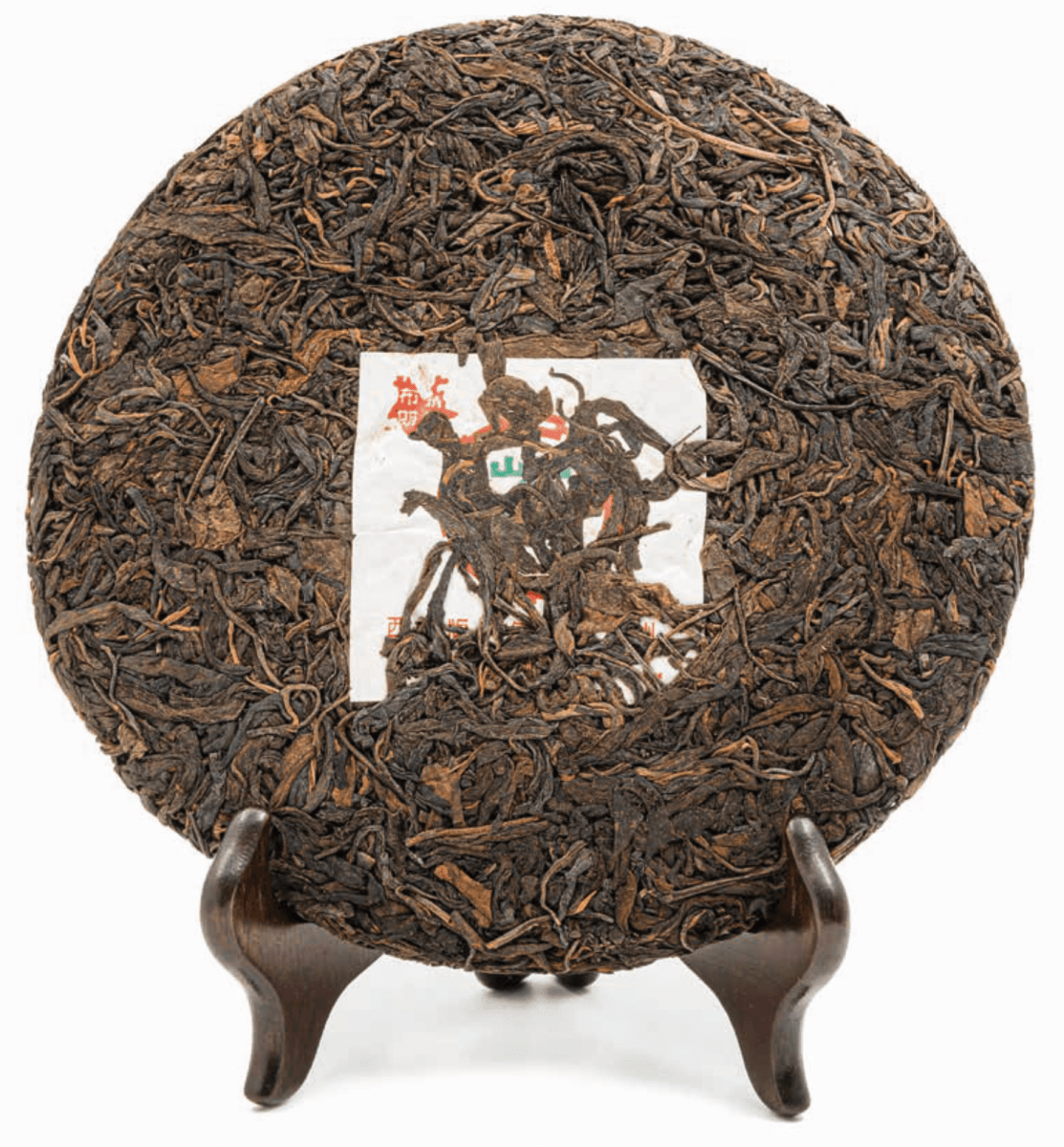
Trà Phổ Nhĩ Vân Nam, trà Phổ Nhĩ Hà Giang, trà nào ngon nhất thế giới?
Vân Nam là cái nôi của trà Phổ Nhĩ. Chính ở đó, nó được phát minh, sản xuất, phát triển các kỹ thuật đa dạng, tạo nên một nền kinh tế trà rộng lớn ảnh hưởng đến Tây Tạng, Hoa Nam và toàn bộ Nam Dương.
Hà Giang, cùng với các vùng Tây Bắc Việt Nam, bắc Thái Lan, Lào, Myanmar là một vùng lớn hơn của Nam Vân Nam, cùng với tộc người Mông, chủ nhân của những cây trà cổ thụ và tạo nên danh tiếng Phổ Nhĩ.
Về nguyên liệu, gần như Vân Nam và Hà Giang, hay tất cả các vùng trên, đều tương đồng. Và trên thực tế, nguyên liệu từ các vùng này thường được nhập khẩu về Vân Nam để tạo nên các bánh trà “Trung Quốc” mà các bạn có thể thấy.
Nên, trà nào ngon, hoàn toàn phụ thuộc vào bánh trà nào bạn cầm trên tay, không phải xuất sứ của nó.
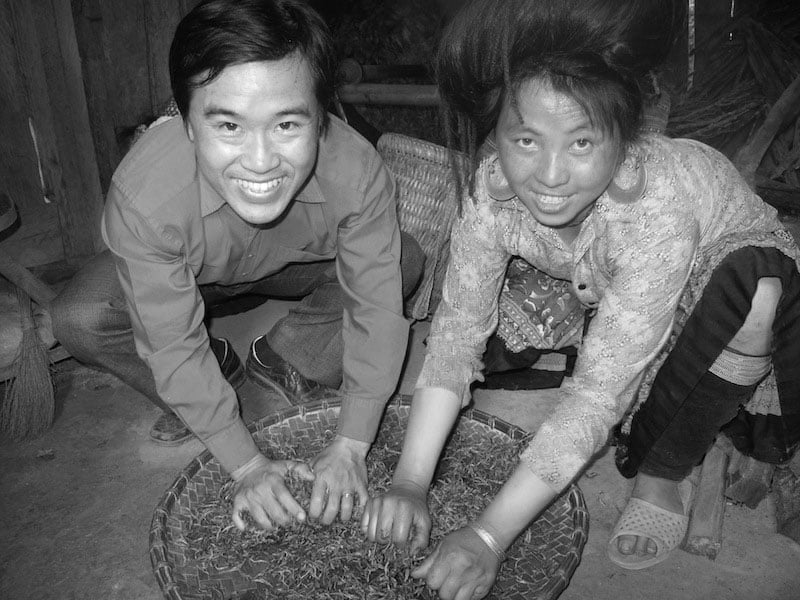
Cách pha trà Phổ Nhĩ sống, trà Phổ Nhĩ chín ngon
Trà Phổ Nhĩ của Trà Việt được đóng thành viên tròn nhỏ, rất chắc chắn. Nên khi pha trà Phổ Nhĩ phải sử dụng nước có nhiệt độ cao, tầm 95 – 100 độ để phát huy hết được hương và vị của trà. Nếu dùng nước có nhiệt độ thấp sẽ làm cho trà không nở bung ra được, nước trà sẽ nhạt và trơ vị.
- Bước 1 : Làm nóng ấm chén – bạn cho nước sôi vào đảo đều trong ấm và rót ra các chén để làm nóng ấm chén.
- Bước 2 : Đánh thức trà – Bạn cho viên trà vào ấm trà. Sau đó, bạn rót nước sôi vào ấm trà, làm sao để nước vừa đủ sấp mặt trà, lắc nhẹ ấm trà cho viên trà hơi nở ra, rồi rót bỏ nước này đi.
- Bước 3 : Pha Trà – bạn tiếp tục rót nước sôi vào trong ấm trà, lượng nước khoảng 150-200ml, hoặc tuỳ thuộc vào số chén trà bạn muốn rót. Hãm trà trong khoảng 20-25 giây, sau đó rót toàn bộ trà trong ấm vào các chén trà. Sau khi đã rót hết trà trong ấm ra, mở nắp ấm để xác trà nguội bớt. Khi nào uống lần tiếp theo thì lại tiếp tục châm thêm nước vào ấm.
- Bước 4 : Thưởng trà – giờ trà của bạn đã sẵn sàng, bạn có thể thưởng thức chúng.
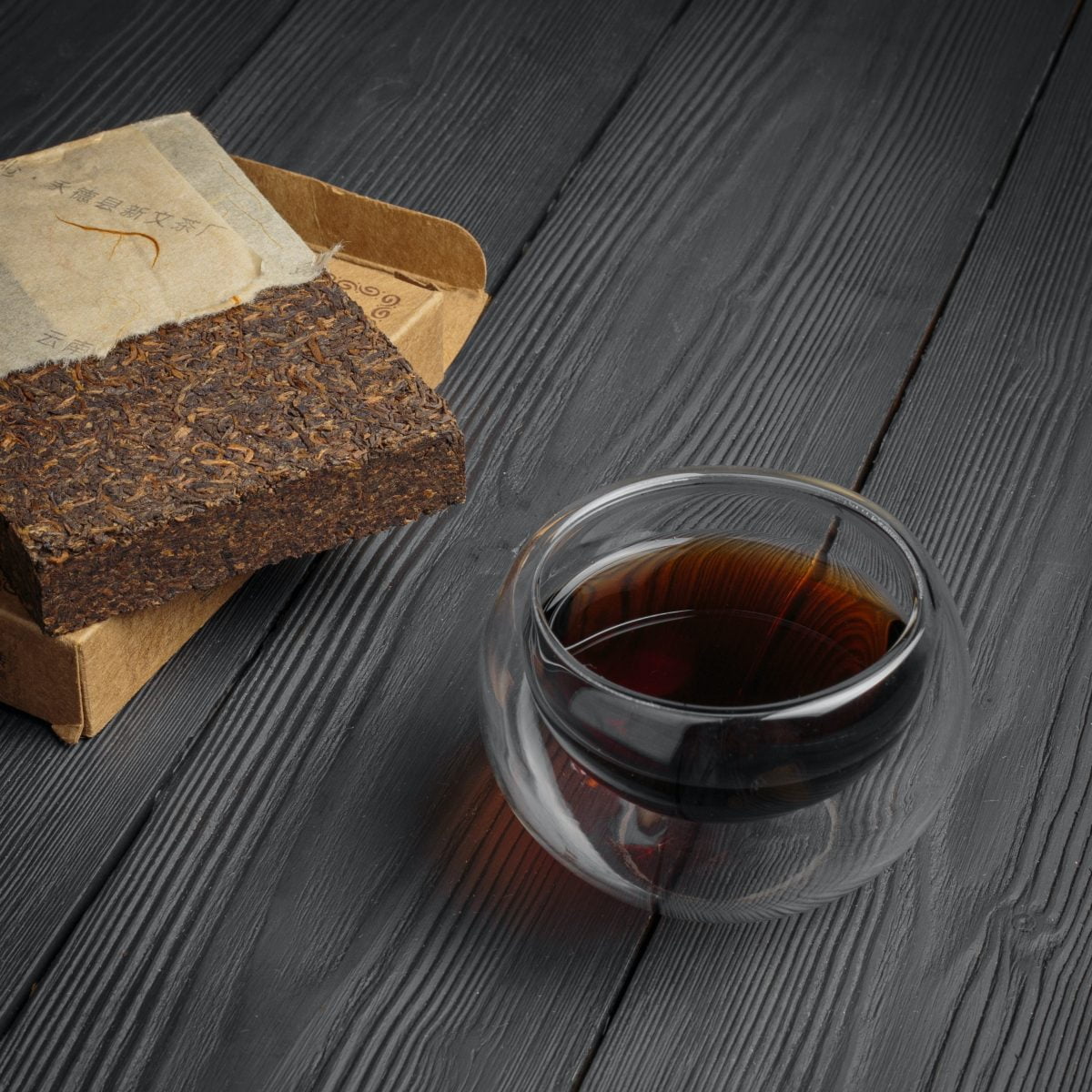
Xem cách pha trà Phổ Nhĩ của Trà Việt nhé:
Tại sao gọi trà Bửu Lỉ? Trà Phổ Nhĩ tên tiếng Anh là gì?
Trong tiếng Anh, trà phổ nhĩ được gọi phổ biếng bằng các cách viết: Puer, pu-er, puerh hoặc pu-erh. Đọc thì gần như giống nhau, được hiểu phổ biến như nhau trên toàn thế giới.
Trà Bửu Lỉ: là cách gọi của những người Sài Gòn gốc Hoa, âm hưởng tiếng Quảng Đông. Nó còn được gọi với những cái tên khác như Trà bửu luỹ, trà bửu lỵ.
Trà Mạn Hảo: tên gọi xưa tại Việt Nam khi nói đến loại trà này, dùng để chỉ những loại trà lấy ở trên mạn ngược vùng núi Tây Bắc khi chuyển vào Hà Nội.
Ngoài ra còn vài cách đọc viết khác: trà phổ nhỉ, chè phổ nhĩ hay đơn giản gọi Phổ Nhĩ.
Trà Phổ Nhĩ mua ở đâu? Giá trà Phổ Nhĩ? Nên mua trà Phổ Nhĩ thế nào?
Vì sự kỳ lạ từ ngoại hình, quy trình chế biến, đến những câu chuyện ly kỳ qua quá trình lão hoá nhiều năm, Trà Phổ Nhĩ luôn có mức giá rất khác nhau và dễ gây nhầm lẫn nhất.
Nhìn chung, trà lâu năm sẽ mắc hơn trà mới làm. Trà nhiều mao trắng mắc hơn trà nhiều lá lớn. Trà Phổ Nhĩ sống mắc hơn trà Phổ Nhĩ chín (vì trà chín thường làm từ trà chất lượng thấp hơn).
Tuy nhiên, tại Việt Nam, loại trà này còn mới mẻ và đang bùng nổ thông tin về nó, nên giá thường hỗn loạn hơn. Tốt nhất, để mua các loại trà Phổ Nhĩ Trung Quốc, hãy đến các tiệm trà người Hoa tại Sài Gòn.
Trà Phổ Nhĩ Trà Việt là nơi rất đáng thử, loại ép bánh tổ yến nhỏ tiện dụng. Là loại Phổ Nhĩ chín đặc trưng, giá cả phù hợp cho số đông.
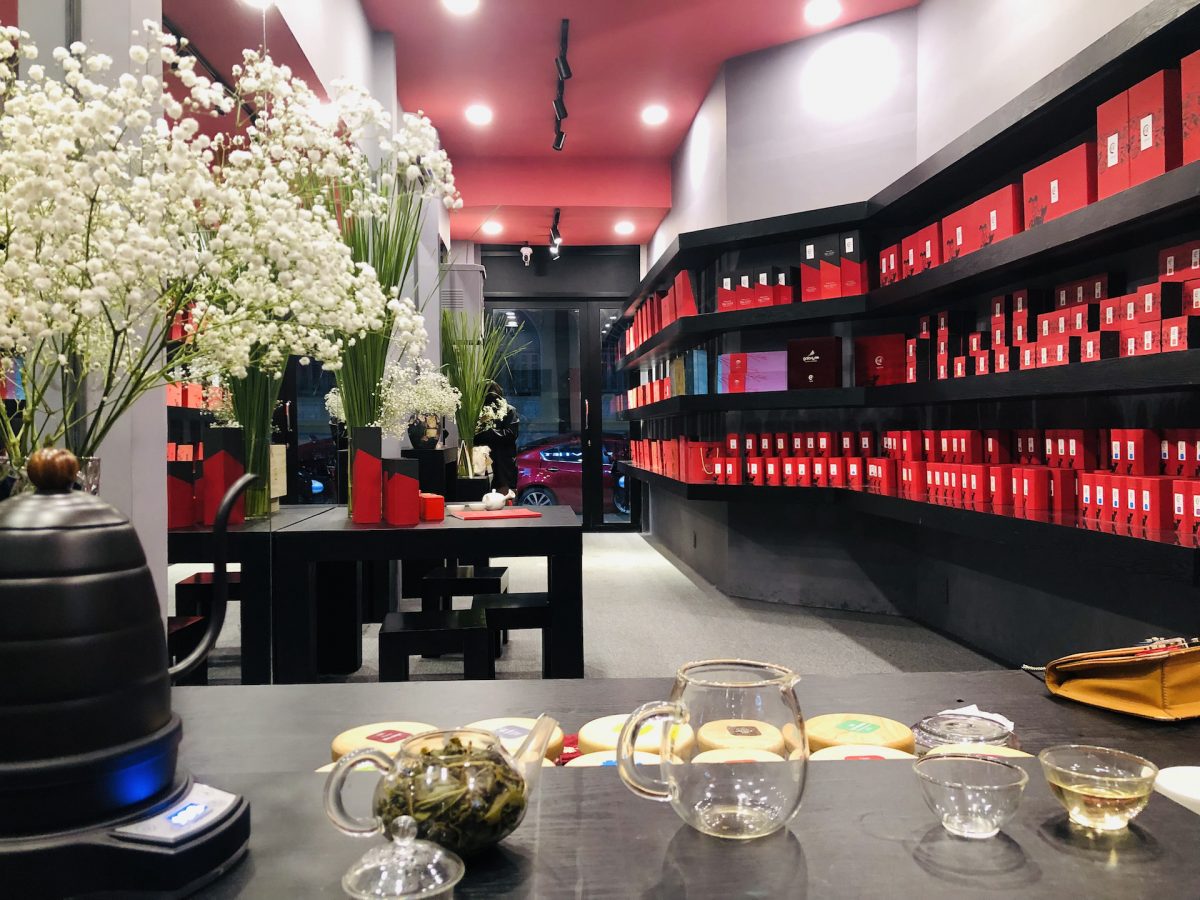
Hương vị: vị chát dịu lẫn trong mùi hương như mùi trái cây chín
Điểm đặc biệt của trà Phổ Nhĩ là khi pha ra nước trà có màu nâu sậm hoặc đỏ nâu trông rất đẹp mắt.
Trà không còn vị chát đượm như các loại trà xanh mà đã chuyển qua vị chát dịu nhẹ với một mùi thơm rất khác biệt. Nó có thể được so sánh giống như mùi trái cây chín mọng pha lẫn với mùi gỗ mục. Ban đầu người mới dùng sẽ cảm thấy không quen với hương vị này, nhưng khi càng uống thì bạn sẽ càng bị hương vị đặc biệt này lôi cuốn.
An toàn: đảm bảo các tiêu chuẩn về sức khoẻ
Một trong những lo lắng lớn nhất của thị trường trà Phổ Nhĩ là rủi ro về sức khoẻ, do sự đặc biệt của loại trà này, nhiều loại sản phẩm được tung ra thị trường với nhiều nguồn gốc trà khác nhau. Trà Việt luôn tuân thủ đầy đủ các TCVN về sản xuất, đảm bảo tất cả các chứng chỉ sức khoẻ của sản phẩm, an toàn đối với người tiêu dùng.
Cách bảo quản trà Phổ Nhĩ
Bảo quản hay lưu trữ trà không làm thay đổi phẩm chất của trà (hậu vị), không thể biến một trà dở thành ngon. Nhưng quá trình này lại làm thay đổi hương vị của trà, đặc trưng riêng theo từng độ tuổi. Ban đầu trà có màu vàng nâu, dần chuyển sang hổ phách rồi đen nâu, cuối cùng là màu đen tối.
Trà 1-3 tuổi sẽ có hương vị gần giống trà xanh, thiên về mùi thân thảo. Trà 3-5 tuổi mùi trái cây và tiếp tục thay đổi thành mùi gỗ. Nhiều bạn tưởng rằng mùi ẩm mốc hay mùi đất chứng tỏ trà lâu năm tuổi. Thật ra thì do trà đó bảo quản sai cách.
Đây là cách các bạn nên bảo quản trà:
- Nếu dùng liền: bạn tháo rời trà ra thành từng miếng nhỏ, để trong một túi giấy mở, nơi khô ráo, thoáng mát.
- Để một thời gian rồi uống: cũng tháo rời trà ra nhưng bỏ trong hộp các tông hay hũ đất không tráng men.
- Lưu trữ lâu dài: Đựng trong hộp kín hoặc có thể hút chân không hoàn toàn.
Nếu trà có mùi mốc hay mùi lạ, các bạn có thể phơi mát vài ngày, mùi sẽ tự biến mất. Niềm vui của việc uống trà Phổ Nhĩ là khám phá hương vị thay đổi theo thời gian trôi qua. Nó cũng giống như bạn được tham gia vào quá trình tạo ra hương vị của nó.
Những câu hỏi thường gặp về trà Phổ Nhĩ
- Trà có chát không ?
Không chát và thanh vị. - Uống có bị mất ngủ ?
80% không ảnh hưởng, 20% nói bị mất ngủ nếu dùng sau giờ chiều. - Có đảm bảo vệ sinh an toàn thực phẩm ?
Trà Việt đạt đầy đủ các chứng chỉ an toàn vệ sinh thực phẩm. - Lầu đầu pha ngon mà lần sau pha dở ?
90% là do bảo quản, hãy xem lại hướng dẫn bảo quản. - Uống nhiều có tốt không?
Một vài khách hàng mới nói rằng họ bị cồn bụng khi dùng nhiều. - Sao nước trà màu đỏ?
Do phương thức chế biến có tác động lên men rất mạnh. - Uống với đá được không?
Trà phổ nhĩ không thường dùng với đá

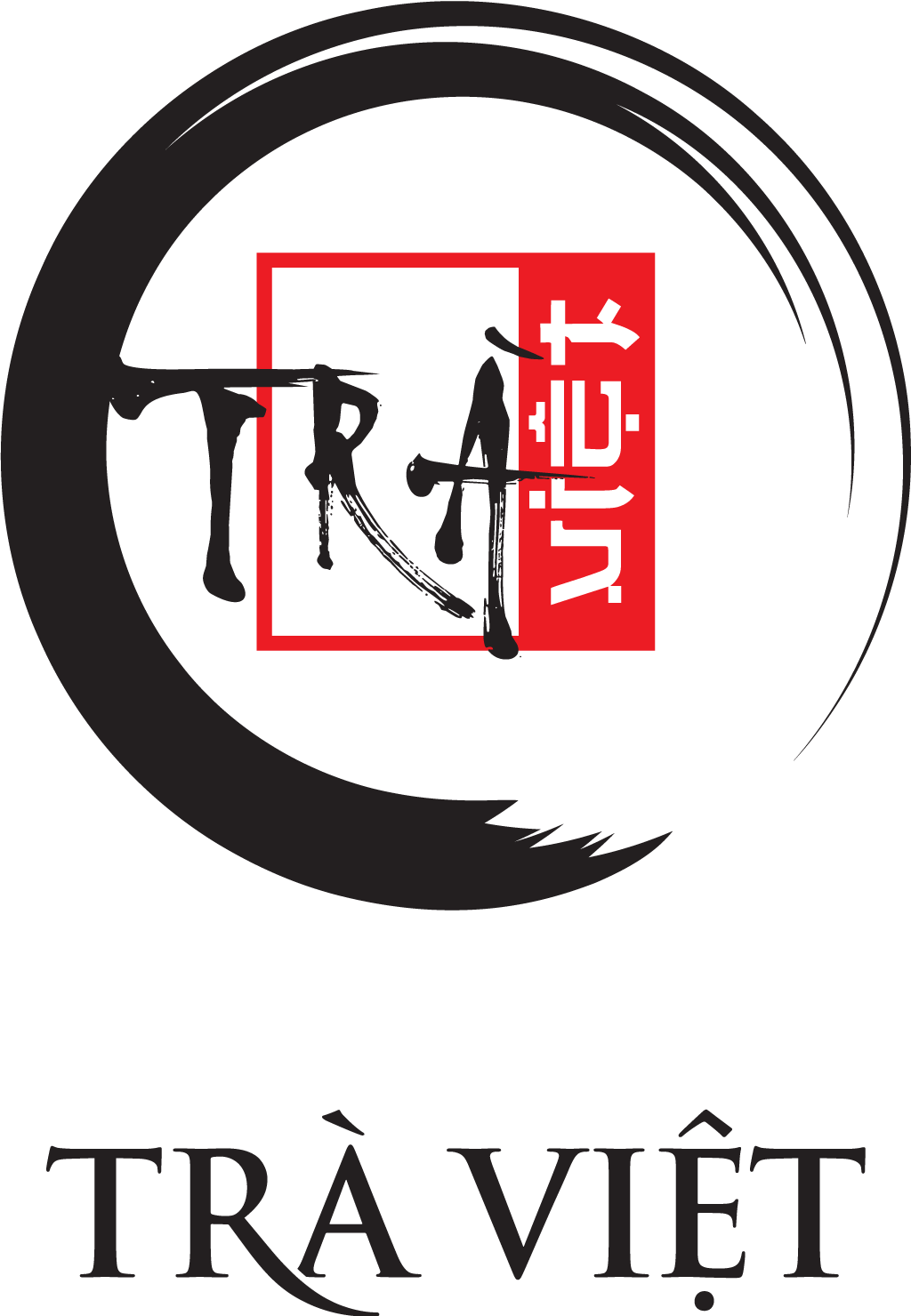

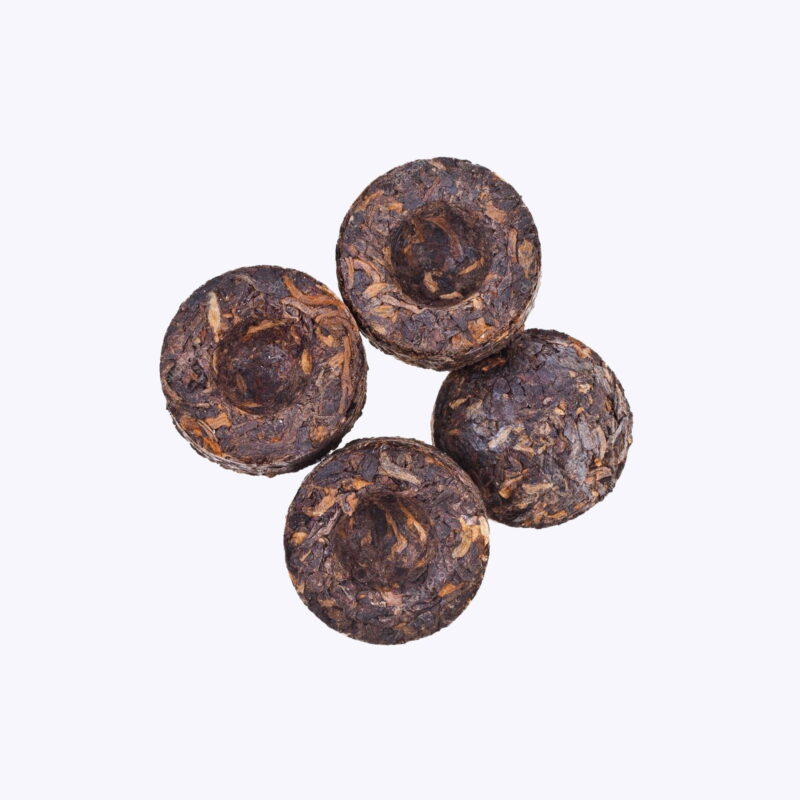
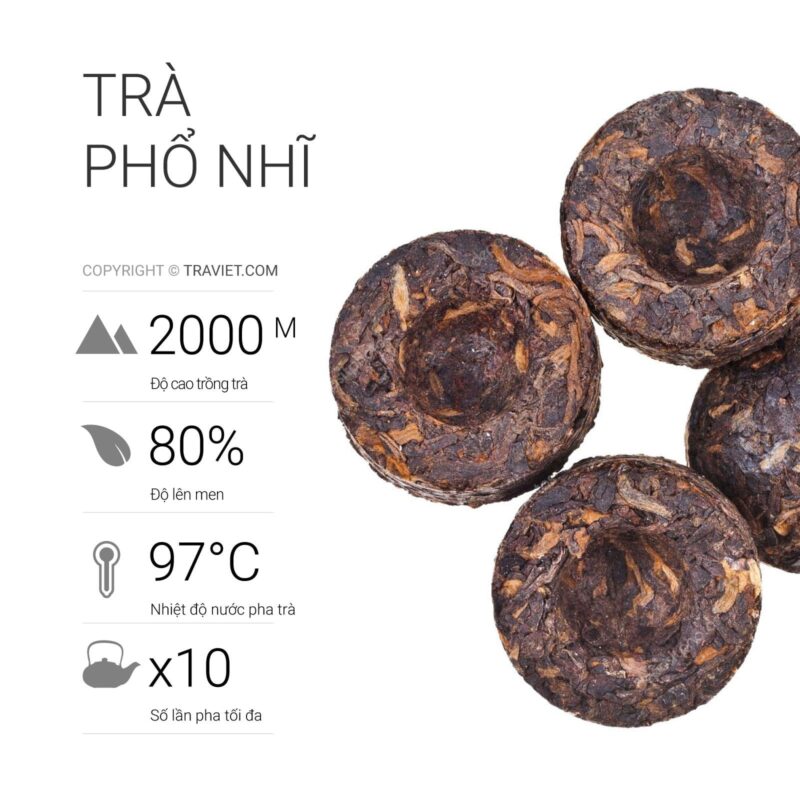
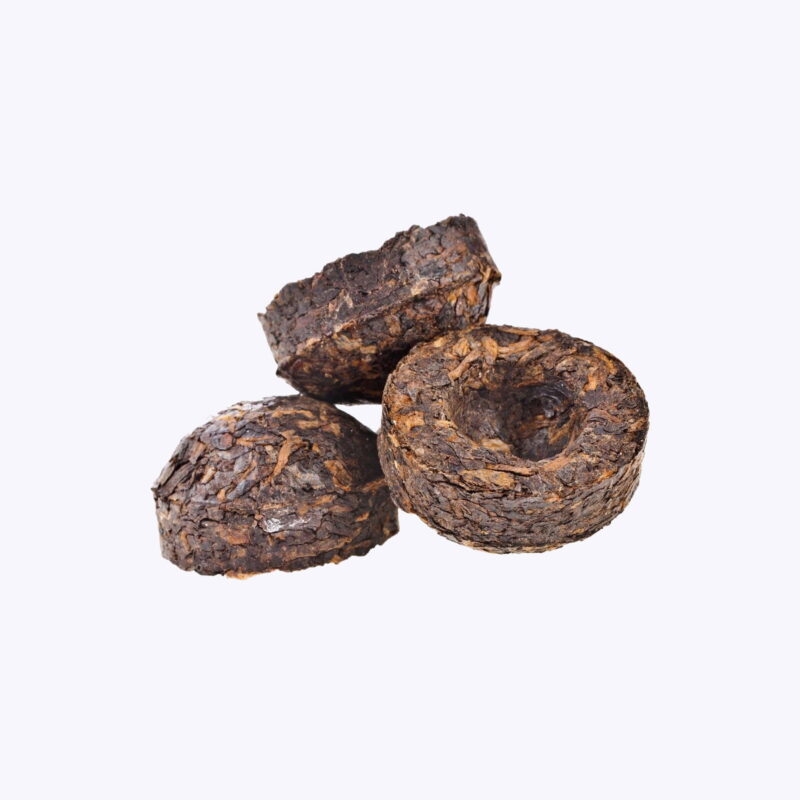
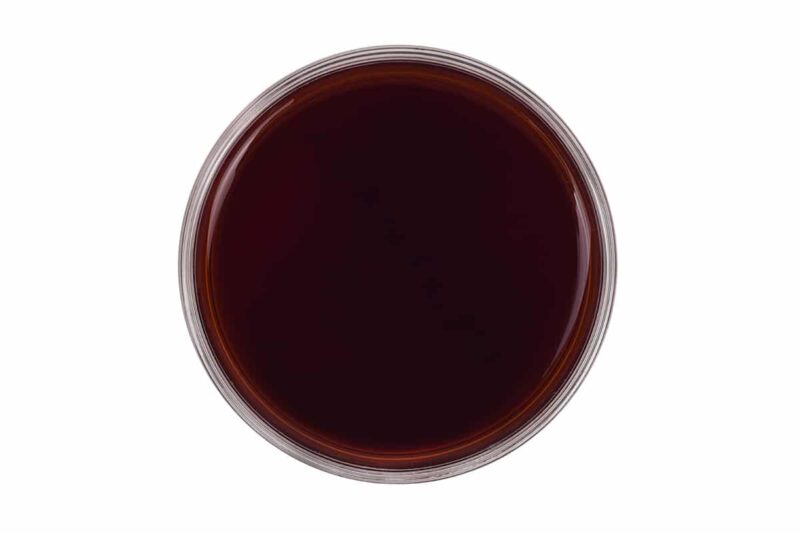
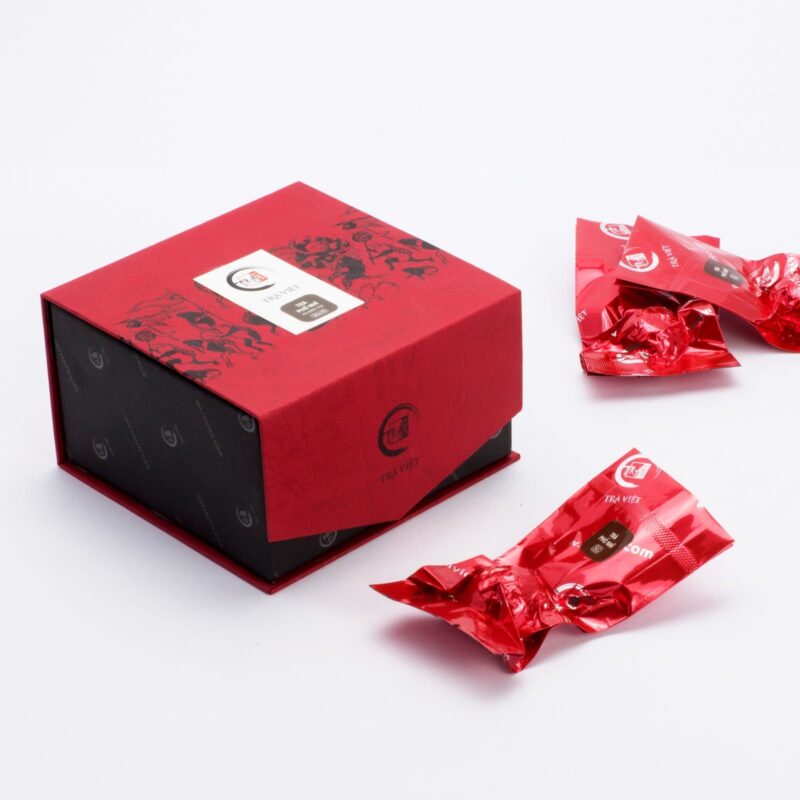
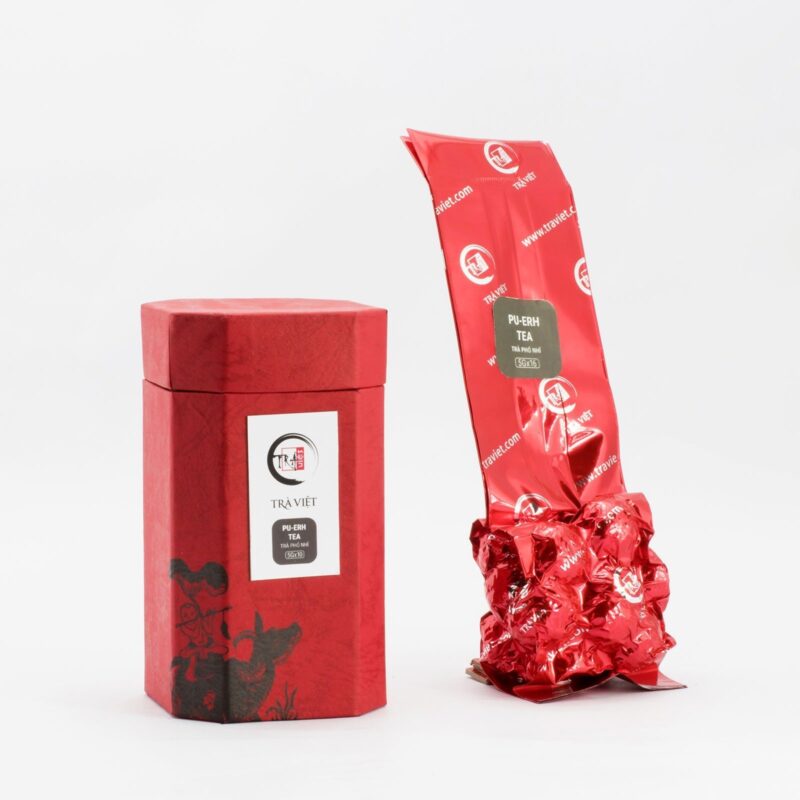
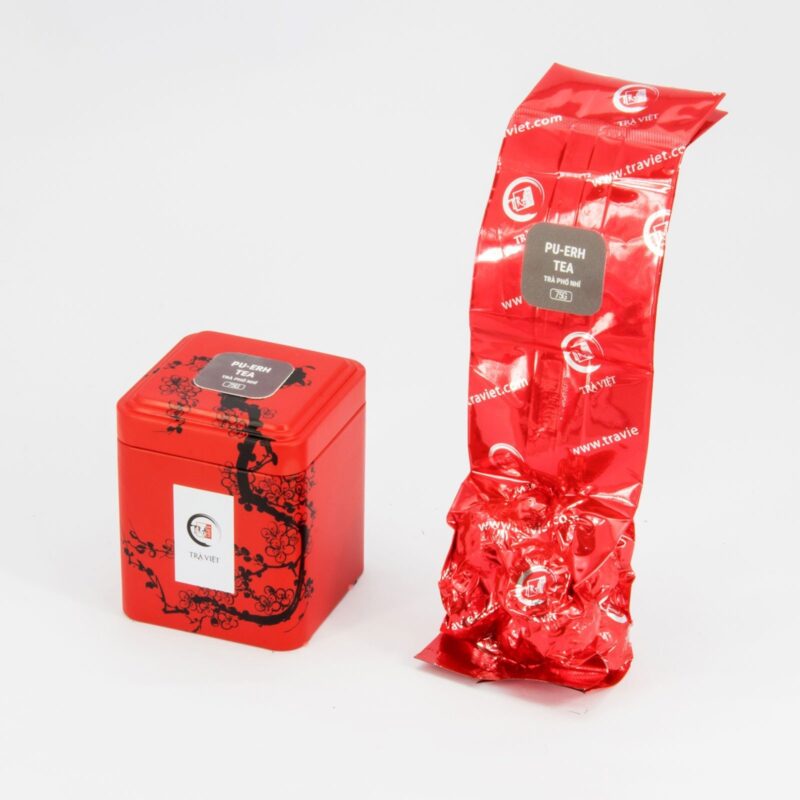
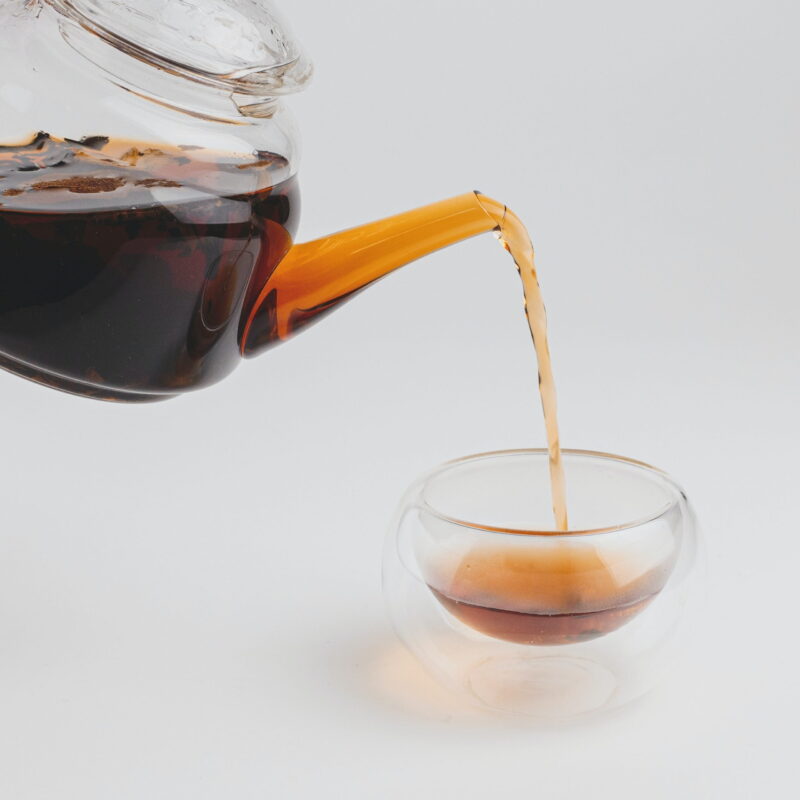
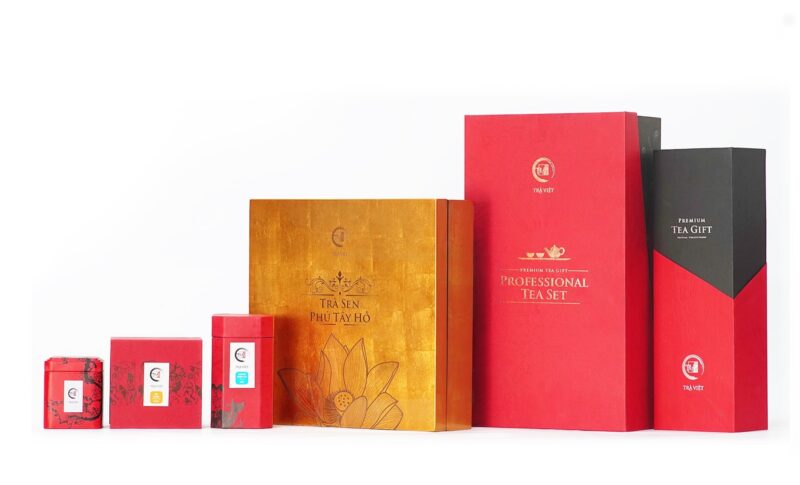
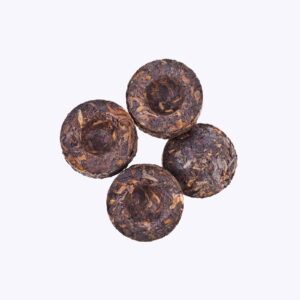
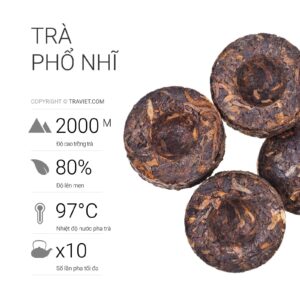
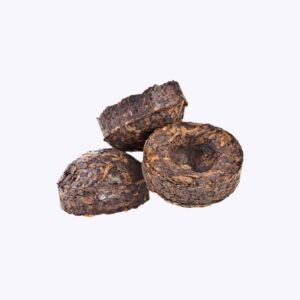
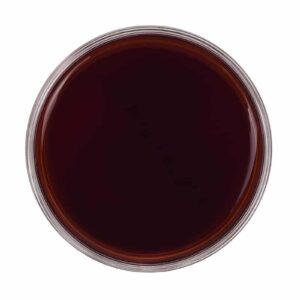
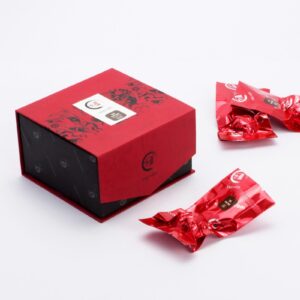
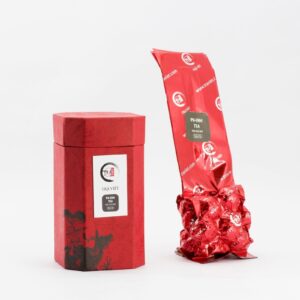
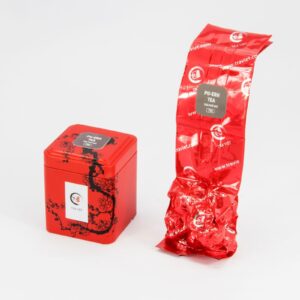
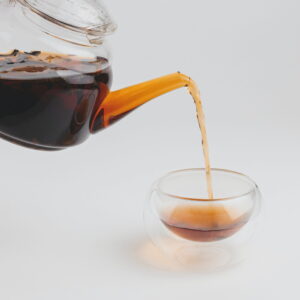
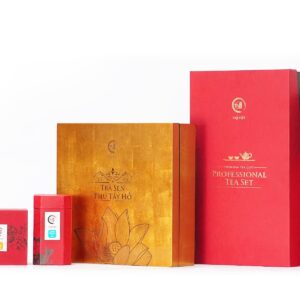
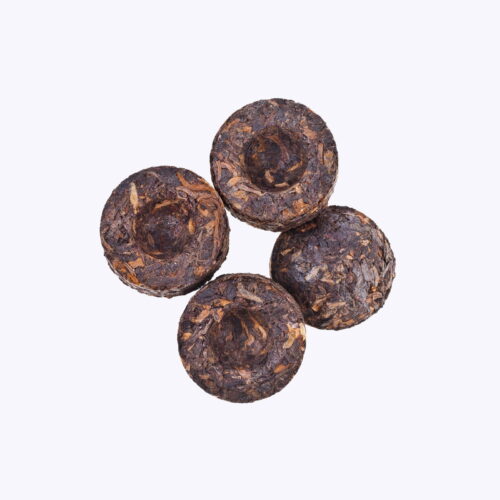
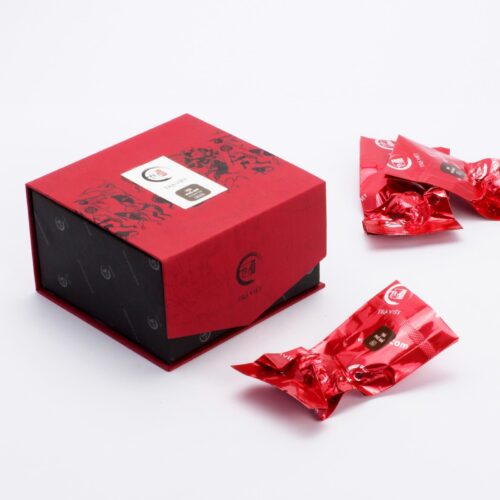
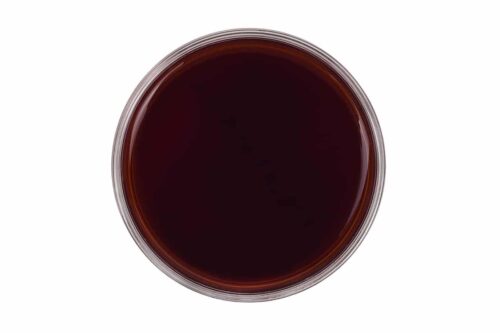
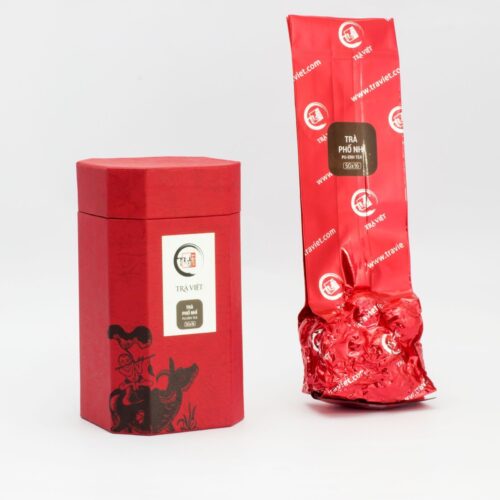
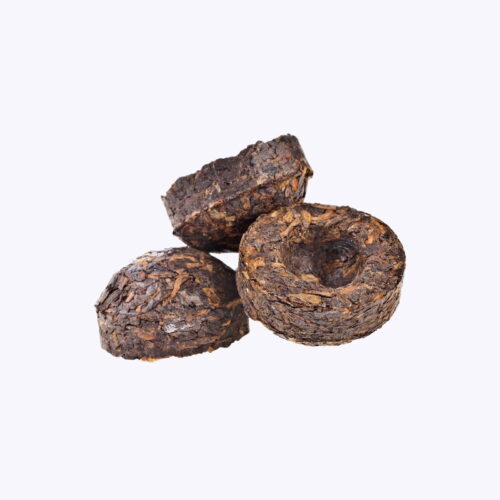
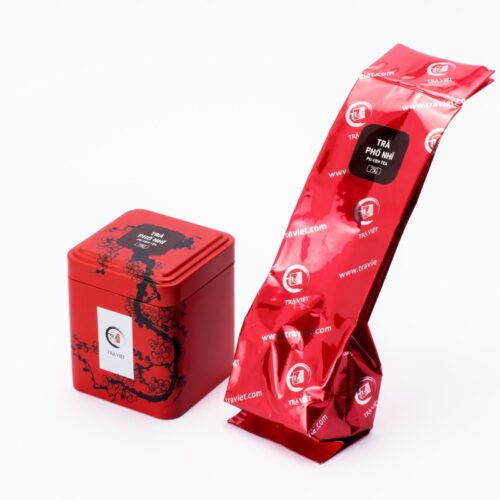
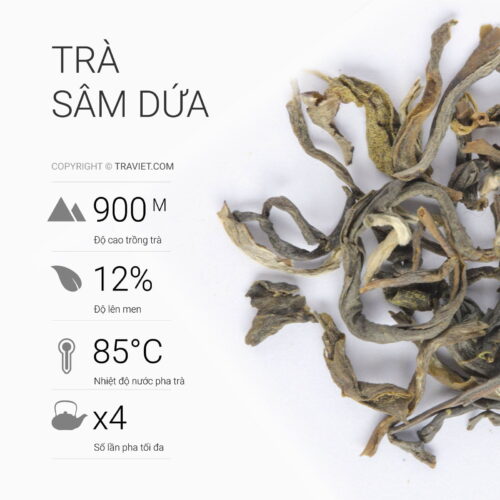
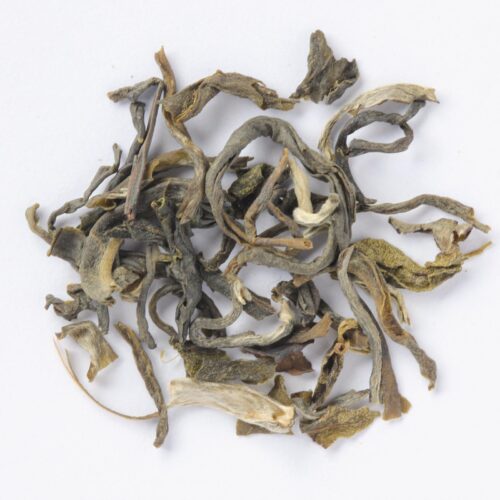
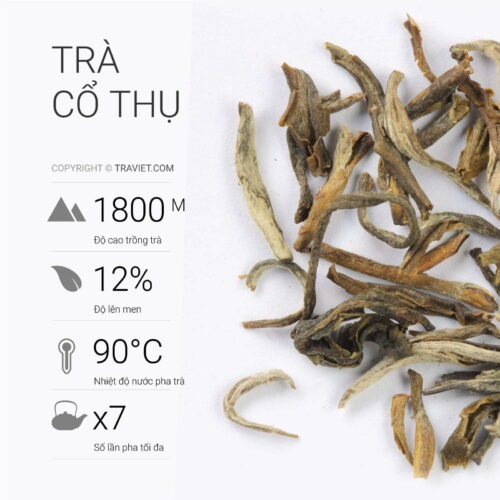
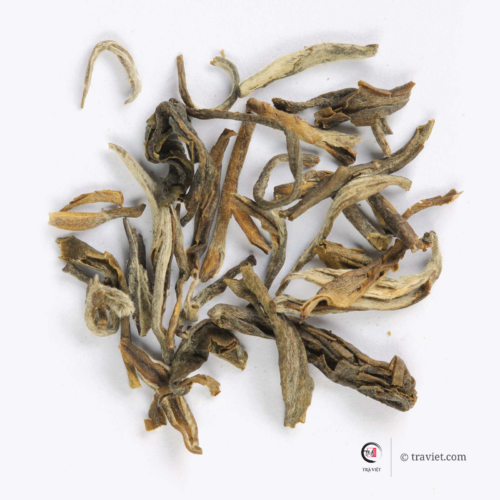
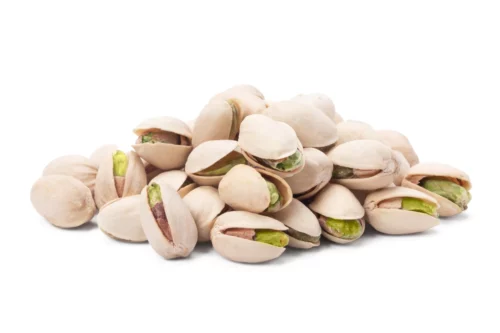
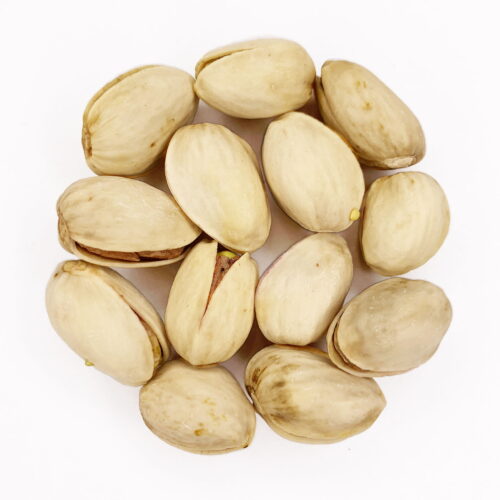
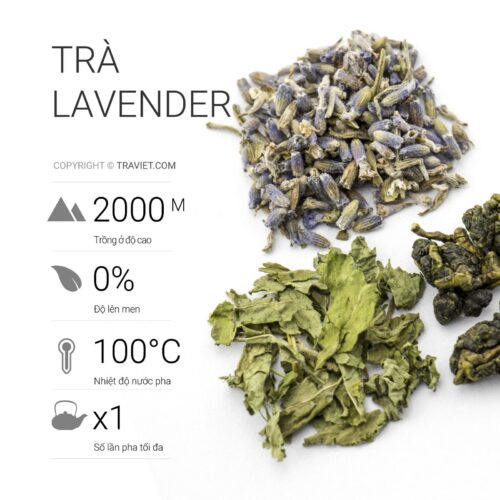
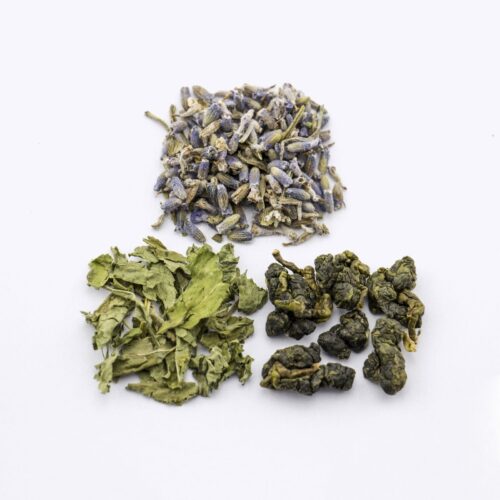
Hạnh Dung –
Trà có vị thanh, không bị chát phù hợp với người không thích trà xanh như mình. Lại còn tốt cho sức khỏe. Mỗi khi ăn đồ dầu mỡ mình đều pha một ấm trà phổ nhĩ để giúp cơ thể hạn chế hấp thu các chất dầu mỡ.
Hồ Hương Nam –
Tôi thấy với mức giá và chất lượng của trà Phổ Nhĩ của Trà Việt là chấp nhận được. Phổ Nhĩ viên khá ngon, thơm và vị không quá gắt.
James Gatz –
ngon, cần thời gian để tập uống